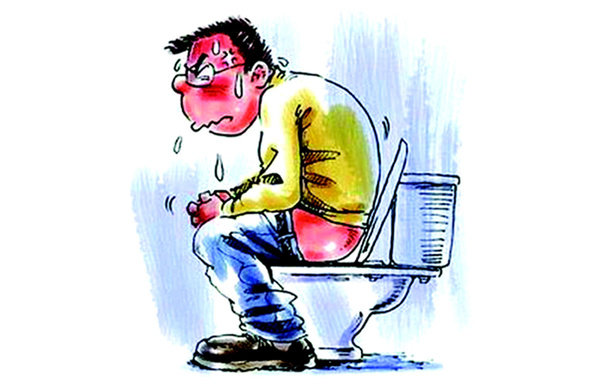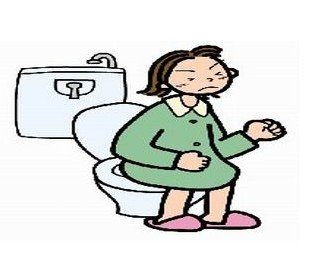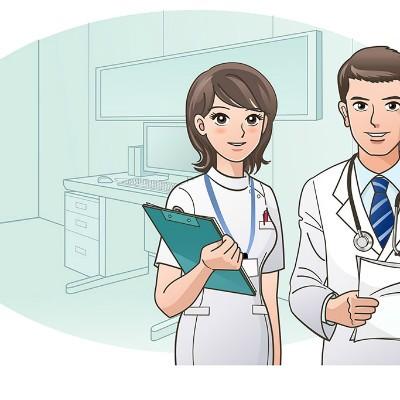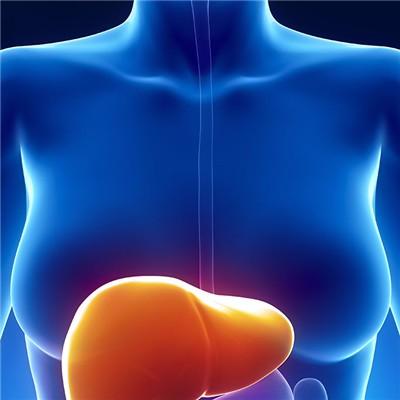Congenital anal fistula symptoms?
summary
Anal fistula is also known as "anorectal fistula", most of the anal fistula is formed after the anal and rectal abscess is broken or cut. The abscess gradually shrinks, but the intestinal contents continue to enter the abscess cavity. In the process of healing and shrinking, the tortuous cavity is often formed, and the drainage is not smooth, and it is not easy to heal. After a long time, there are many scar tissues around the cavity, forming a chronic infectious pipeline. Congenital anal fistula symptoms? Let's talk about it
Congenital anal fistula symptoms?
Congenital anal fistula generally has no pain when it is unobstructed, but only has a sense of local swelling. However, there are also pain caused by large internal orifice and feces flowing into the pipeline, especially when defecation or inflammation. Because the pus constantly stimulates the skin around the anus, it can cause perianal pruritus, and it can also be accompanied by perianal eczema.

Congenital anal fistula can be accompanied by systemic symptoms, such as fever, anemia, emaciation and loss of appetite. The treatment of congenital anal fistula is mainly surgery.

Congenital anal fistula is the most common disease of digestive tract malformation, accounting for 1 / 1500-1 / 5000 of newborns, male more than female. Other malformations often coexist, accounting for 41. 6%。 The etiology of congenital anal fistula is unclear, but now the treatment technology has been very advanced.

matters needing attention
The treatment of congenital anal fistula was carried out according to different symptoms; One stage posterior sagittal anorectoplasty or staged posterior sagittal anorectoplasty were performed for high anal atresia and rectourethral fistula.













